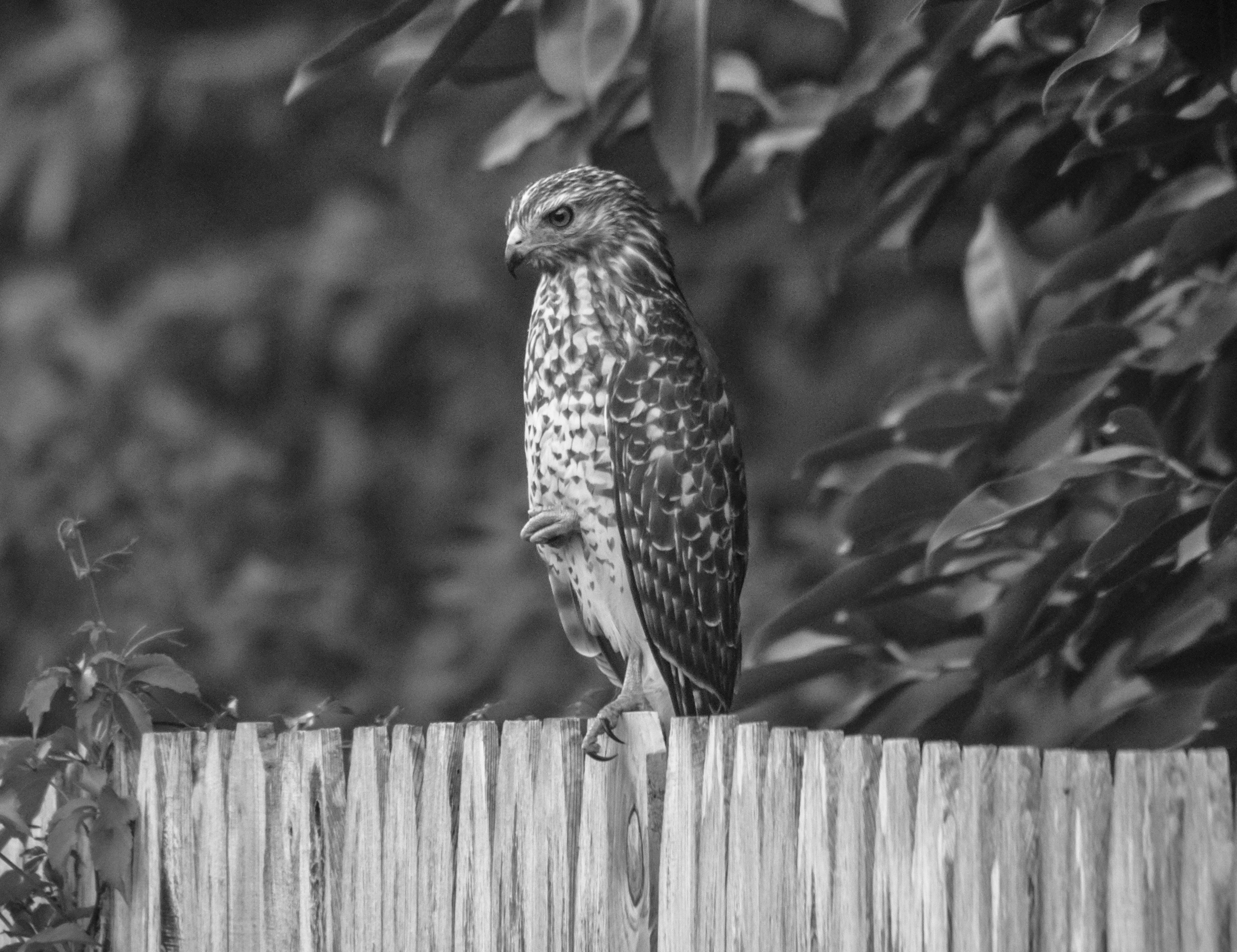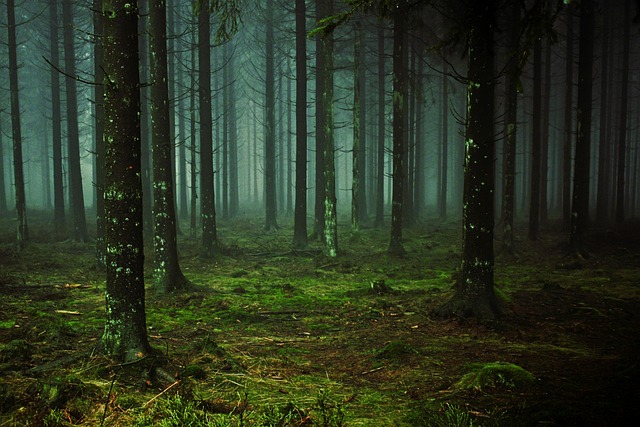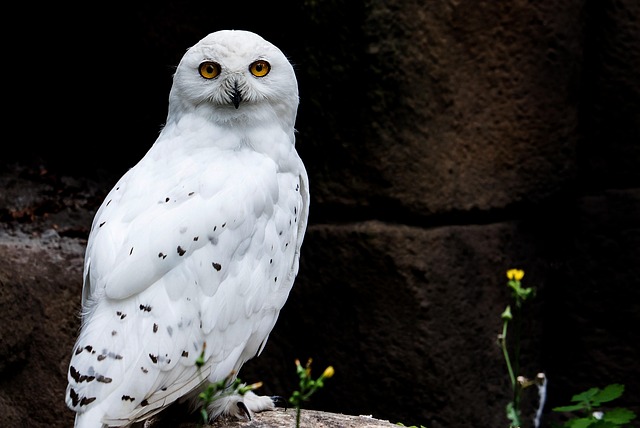
The legacy of female naturalists is equally as important to the world of conservation and appreciation of the natural world. From creating the first avian field guide to ending the feather trade to dying in pursuit of birds, these seven femmes prove that history is full of inspiring women who have made their mark on the environment. We can all take something from the stories of Charles Darwin and John Muir, but also of those individual women who put their lives at risk for their love of nature and defied conventions in an era where it was unheard of. The tireless contributions these women made throughout history and the groundbreaking accomplishments they have achieved are important reasons to celebrate them all year long.
Below are two of such great women that worked tirelessly on the pursuit and well being of birds.
The Life of Bird Prodigy, Phoebe Snetsinger
Phoebe Snetsinger was a pioneering ornithologist who dedicated her life to bird watching and the study of birds. Born in 1931 in Illinois – although she moved around the Midwest quite a bit during her childhood – she quickly developed an interest in birds, spending time outside looking for them and studying their behaviors. Her passionate interest led to her becoming a renowned ornithologist and eventually achieving the title of Doctor of Ornithology from Stanford University.
Her knowledge and love for birds helped her record over 8,000 species of birds from all over the world – more than any other single individual. She made multiple trips across North America in search of different species of birds, often alone and without funding, including one journey on which she drove almost 30 thousand miles by herself! Through these expeditions, she observed, identified, and cataloged thousands of bird species.
When adversity struck in the form of a bleak melanoma diagnosis at the age of 50, Phoebe Snetsinger completely changed her life. Her response? To begin an extraordinary expedition that would take her around the globe in search of rare bird species.
Despite facing shocking violence along the way – most notably, being beaten and raped while in Papua New Guinea – she remained undeterred. This remarkable woman refused to let her dreams be crushed and instead used it as motivation to push herself even further.
Snetsinger’s lifelong enthusiasm for observing birds is extraordinary and inspiring; it demonstrates how important it is to remain dedicated to our passions even when faced with difficult circumstances. It is because of this remarkable woman’s commitment that we are able to appreciate many rare bird sightings throughout North America today as well as gain insight into their habitats, ecology, and behaviors. Phoebe’s work will undoubtedly continue to fascinate both scientists and birdwatchers alike for years to come.
English Ornithologist, Emma Louisa Turner
Emma Louisa Turner, better known as E. L. Turner (9 June 1867 – 13 August 1940) was a pioneering English ornithologist and bird photographer. She was inspired to take up photography after meeting the wildlife photographer Richard Kearton at the age of 34, and by 1904 she was giving lectures on her work with photographic slides. By 1908, when she was 41, she had established herself as a professional lecturer.
Part of each year was spent in Norfolk and her 1911 photograph of a nestling bittern proved to be the first evidence that this species had returned to Britain for breeding after its disappearance in the late 19th century. Turner also traveled widely within Britain and abroad photographing birds.
Her work resulted in eight books and numerous journal and magazine articles plus an image of a great crested grebe which won her the Gold Medal from the Royal Photographic Society. E L Turner made history by becoming one of the first women elected to fellowship of the Linnaean Society as well as being the first female honorary member of the British Ornithologists’ Union, despite not having graduated from university. Additionally, she became an honorary member of the British Federation of University Women but sadly lost her sight two years before her death in 1940.
In 1922 she wrote an address to the President: The Status of Birds in Broadland. It was read by the President to the members of the Norfolk and Norwich Naturalists Society.
Twenty years is a big slice out of one’s own life, but less than nothing in the steady procession of Time. Nevertheless even in that comparatively short period, economic and physical forces have wrought considerable changes in the limited area which has been under my own observation. These changes react upon bird life, causing increase or decrease in the numbers of breeding birds of various species. Waste lands have been brought under cultivation, and cultivated areas have reverted.


